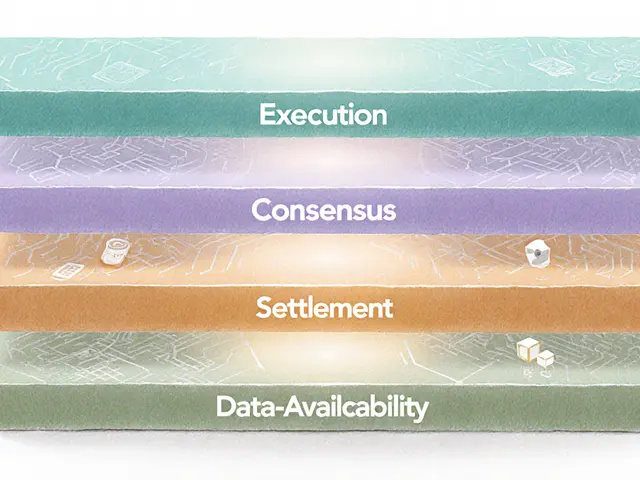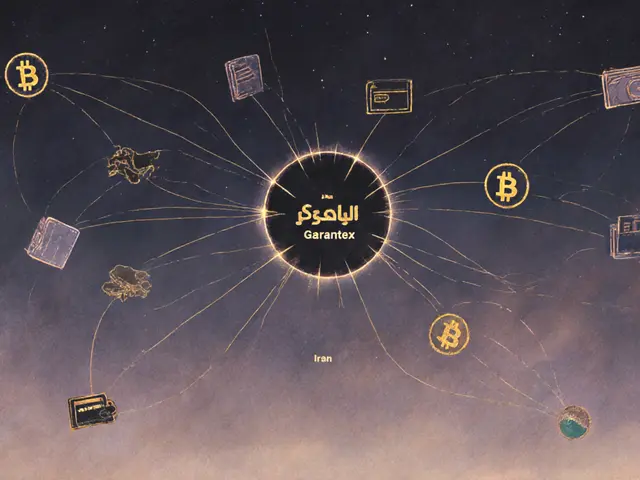Decentralized Exchange (DEX) Overview
When talking about decentralized exchange, think of a peer‑to‑peer platform that lets users trade crypto assets directly from their wallets without a central intermediary. Decentralized Exchange, a blockchain‑based marketplace that matches buyers and sellers through smart contracts. Also known as DEX, it eliminates custodial risk and gives traders full control over their funds. This model encompasses token swapping, requires smart contract automation, and relies on liquidity pools to set prices. In short, a DEX is the backbone of today’s open finance.
Key Building Blocks Behind Every DEX
One of the core components is the Liquidity Pool, a smart contract that locks two or more tokens to enable instant trades. Liquidity pools influence price stability because the ratio of assets inside the pool determines the exchange rate. Another crucial element is the Automated Market Maker, an algorithm that automatically adjusts prices based on pool balances. The AMM powers token swapping without order books, which means traders never wait for a counter‑party. Both entities require smart contracts that execute trades atomically, ensuring that either the full transaction succeeds or everything rolls back. This safety net makes DEXs trustworthy even when users are strangers.
Smart contracts themselves are the hidden engine. A Smart Contract, self‑executing code on a blockchain that enforces agreed rules handles deposits, swaps, and withdrawals. Because the code is public, anyone can audit it, which reduces fraud risk compared to centralized services. Smart contracts also enable composability: developers can layer new features—like yield farming or cross‑chain bridges—on top of existing DEX infrastructure. This composability fuels the broader DeFi, decentralized finance ecosystem that offers lending, borrowing, and trading without banks movement.
Why does all this matter right now? Traders are looking for lower fees, faster settlements, and more privacy, and DEXs deliver on each front. With no central gatekeeper, users can access global markets 24/7, tap into niche tokens, and avoid geographic restrictions. The rise of AMM models and deep liquidity pools means that even large swaps can happen with minimal slippage. As regulators tighten around centralized platforms, the permissionless nature of DEXs offers a resilient alternative. Below you’ll find a curated list of articles that break down token profiles, airdrop strategies, exchange reviews, and technical guides—all aimed at helping you navigate the decentralized exchange landscape with confidence.

Ballswap is a low-liquidity decentralized exchange offering passive rewards to BSP token holders, but with high slippage, no audits, and minimal adoption. Is it worth using in 2025?
Jonathan Jennings Dec 4, 2025
WX Network is a lightweight decentralized crypto exchange built on the Waves blockchain, designed for beginners who want simple, low-fee trading without complex setups. Here's what's real, what's risky, and who it's actually for.
Jonathan Jennings Dec 3, 2025
Amaterasu Finance is a dead crypto exchange with zero trading activity since August 2025. Learn why its trust score is 2/10, why no one uses it, and what real alternatives to choose instead.
Jonathan Jennings Oct 31, 2025
A 2025 review of GoSwap crypto exchange covering its AMM model, fees, liquidity, security, and how it stacks up against Uniswap and other DEXs.
Jonathan Jennings Oct 24, 2024




